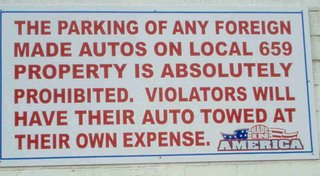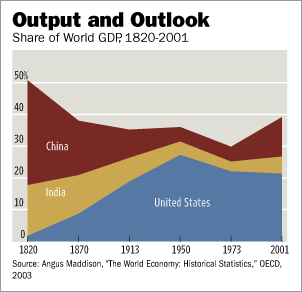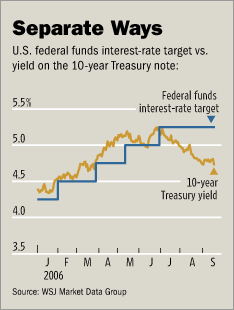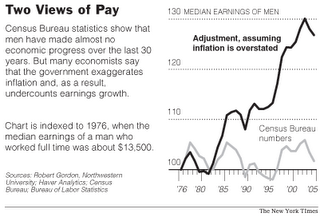Here are the U-Haul rates for a one-way truck rental on a 26-ft truck in October 2006, from U-Haul's website for one-way rental quotes:
Flint to Nashville: $1730
Nashville to Flint: $433
Flint to Jacksonville: $1884
Jacksonville to Flint: $432
Flint to Altanta: $2312
Altanta to Flint: $272
Same equipment, same distance, but it is 8.5X more expensive to move OUT of Flint compared to moving TO Flint!! Can you predict which direction people are moving based on these market prices for one-way truck rentals?
Like airlines price tickets, U-Haul prices one-way rentals dynamically, based on relative demand at any given point in time. Ceteris paribus, if it is 8.5X more expensive to rent a truck from Altanta-Flint than Flint-Atlanta, it is precisely because there are 8.5X more households wanting to go from Flint-Atlanta than Atlanta-Flint.
I believe there is great empirical research potential here with these one-way rental data, especially if these data could be tracked over time. We can pontificate endlessly about relative tax burdens among states, differences in business climates, right-to-work issues, labor costs, union vs. non-union, desirability of differnent locations for living or doing business, etc., etc., but the U-Haul one-way rental prices reflect actual, REAL demand, based on what people are ACTUALLY doing, in terms of where they are ACTUALLY moving. Talk is cheap.... One-way rental prices are a direct measure of relative attractiveness.
For example, it would be interesting to investigate the one-way rental differentials between high unemployment states (Michgian) and low unemployment states, states with high tax burdens (Michigan) and states with low tax burdens, heavily unionized states and right-to-work states, etc. It would also be interesting to track these one-way rental data over time....
















